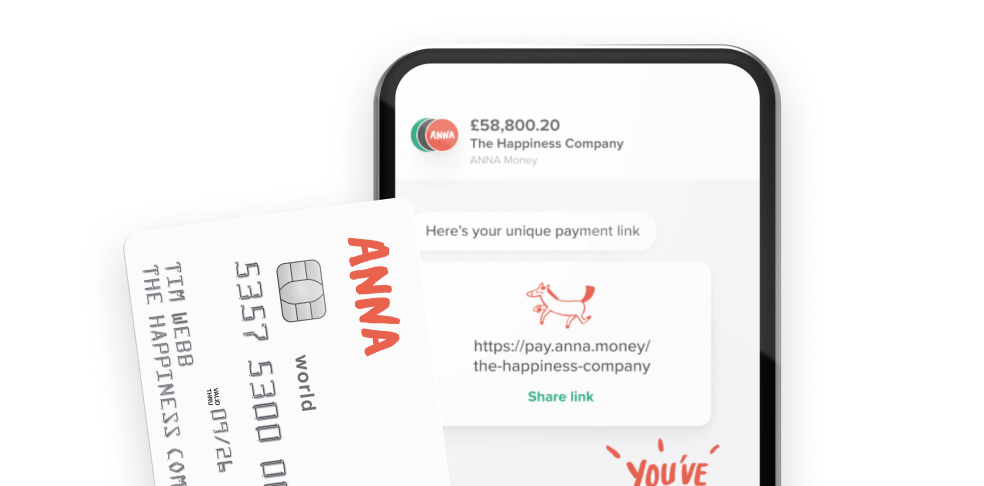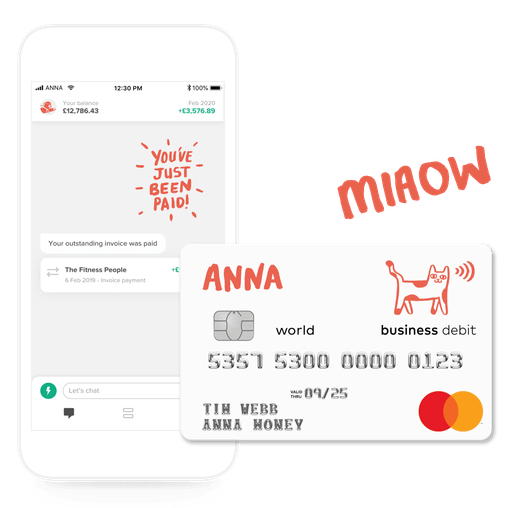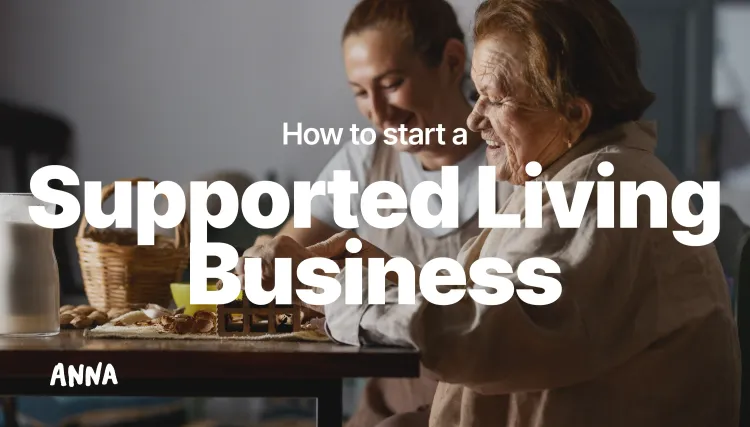So you’re following your dreams and are embarking on an exciting new career as a freelancer or a sole trader. Great! Now comes the tricky bit - how much should you be saving every month to pay your tax bill?


This isn’t PAYE, right?
First, let’s rewind a bit. If you’ve only ever worked for an employer, you rarely have to think much about to set aside for tax. In Britain, most people work PAYE (that’s Pay As You Earn) and it means that every month, income tax and National Insurance are deducted from your pay packet before it ever reaches you. So you never have to worry about how much tax to pay.
If you’re self-employed, a freelancer or a sole trader, things are a bit different. Your tax isn’t deducted at source – instead, your clients and customers pay you for your work, and at the end of the tax year you have to file your self assessment tax return and pay off the tax you owe HMRC.
Is 30% about right?
So how much should you be saving for the taxman? It depends (you probably guessed we were going to say that). It’s often said that you should set aside 30% of your earnings every month to pay your tax bill. And in lots of circumstances, it is a handy rule of thumb.
But it can be a bit more complicated than that so let’s take a look at a few different examples. Remember that as a freelancer or sole trader you’re taxed on your profits, not your income.
Imagine you’re a freelance copywriter. You charge £100 for a job and have no expenses, so that £100 is all profit. And that’s what you’ll be taxed on. So it’s worth setting aside 30% of that £100.
But if you're a plumber and charge £100 for a job, you might spend £50 on expenses, with £50 left over as profit. So you should set aside roughly 30% of £50 (that's £15) to pay your tax bill. However, for the 2025/26 tax year, the exact amount will depend on your total income, considering the current personal allowance of £12,570 and applicable tax rates. If you set aside 30% of £100 you might well run into cash flow problems.
What about if I earn a lot? Or a little?
It’s also worth considering that taxes in the UK aren’t paid at a flat rate.
You have a personal allowance of £12,570 per tax year for 2025/26. That means that the first £12,570 you earn isn't taxed at all. So, for example, if you’re a student and your only income is £1000 from some freelance tutoring work on the side, then you won’t pay any tax at all, because it’s within your personal allowance. So there’s no point setting aside 30%.
However, most people freelancing will be hoping to earn more than £12,570, so remember that the basic 20% tax rate applies on earnings between £12,571 and £50,270 and the higher tax rate of 40% applies on earnings between £50,271 and £125,140, with additional rate tax of 45% applying to income above £125,140.
So if you’re a designer earning £60,000 a year PAYE and want to do some consulting work in your spare time, any additional money you make freelancing will be taxed at 40% because the money you earn from your PAYE job puts you in the higher tax bracket. So factor that in.
It's also important to note that if your business turnover exceeds the VAT registration threshold (currently £90,000 as of September 2025), you'll need to register for VAT, charge VAT on your sales, and submit VAT returns.
Ok. Is that all I need to think about?
There are plenty more issues that can affect how much you should save to pay your tax bill, from National Insurance to pensions contributions. Setting aside 30% is a good start, but it’s worth chatting to an accountant to get a fuller picture.
Read the latest updates
Open a business account in minutes



![How to Start a Currency Exchange Business in the UK [Guide]](https://storage.googleapis.com/anna-website-cms-prod/medium_Cover_3000_Landscaping_Business_Names_Creative_Name_Ideas_daad2f9e2a/medium_Cover_3000_Landscaping_Business_Names_Creative_Name_Ideas_daad2f9e2a.webp)




![140 Creative Tutoring Business Names [Ideas & Examples]](https://storage.googleapis.com/anna-website-cms-prod/medium_Cover_3000_Landscaping_Business_Names_Creative_Name_Ideas_d7964059b3/medium_Cover_3000_Landscaping_Business_Names_Creative_Name_Ideas_d7964059b3.webp)

![How to Start a Self-Employed Business in the UK [Guide]](https://storage.googleapis.com/anna-website-cms-prod/medium_Cover_3000_Landscaping_Business_Names_Creative_Name_Ideas_fe5b6edef1/medium_Cover_3000_Landscaping_Business_Names_Creative_Name_Ideas_fe5b6edef1.webp)
![How to Start an Electrician Business in the UK [Guide]](https://storage.googleapis.com/anna-website-cms-prod/medium_Cover_3000_How_to_Start_a_Car_Detailing_Business_Successfully_74488a6268/medium_Cover_3000_How_to_Start_a_Car_Detailing_Business_Successfully_74488a6268.webp)


